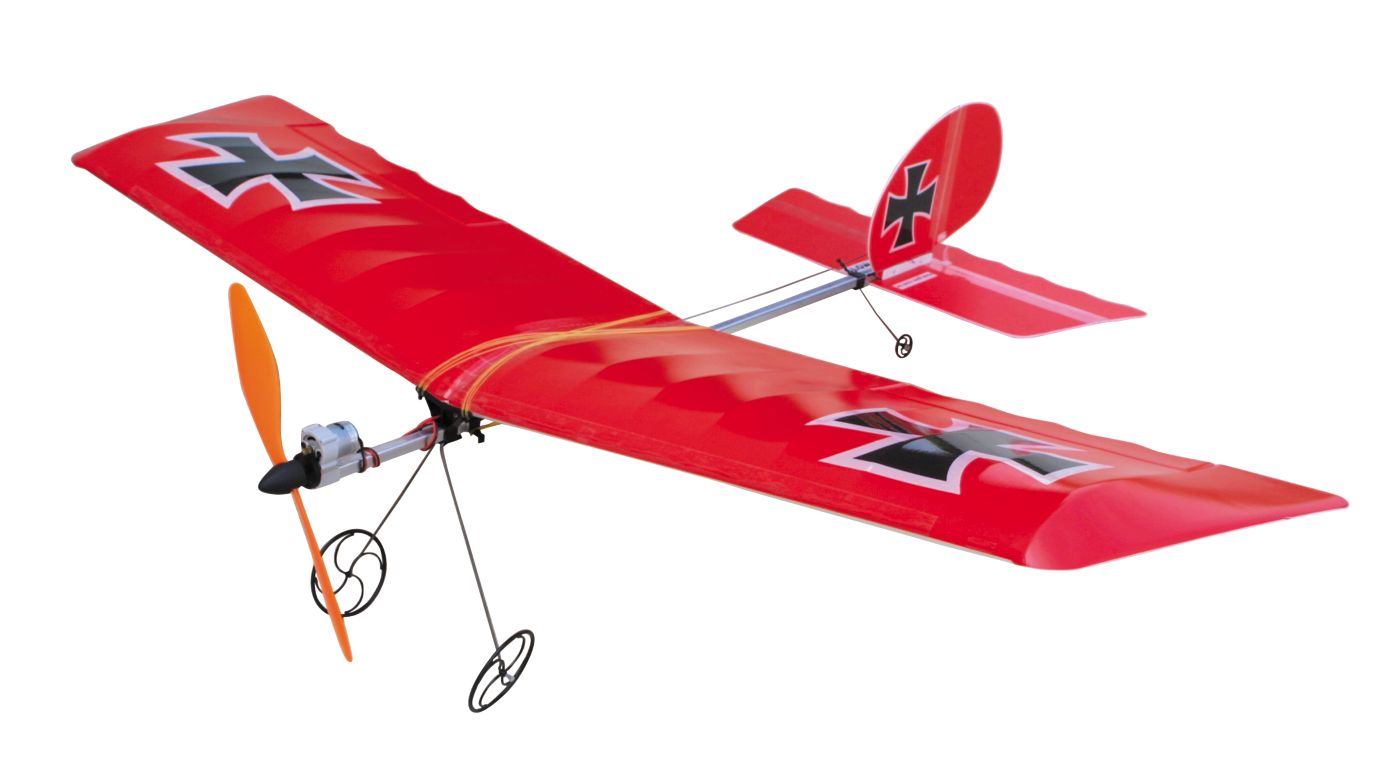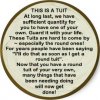I don't remember any major changes in any rules about RC aircraft, but I do remember that recently there have been some changes that don't really hold much water. The 400' limit is not a rule from what I remember, but more of a suggestion by the AMA. For sure, there are plenty of RC aircraft that would be rendered useless if a 400' limit were law; gliders, high-speed Deltas, turbines, etc...
Seems that the FAA has long wanted to reach out and regulate everything they think they can regulate, but have never had much luck with RC aircraft, other than the obvious rules about operating within a certain distance from an airport,over which they've always had jurisdiction. Then the media decided to call anything that flew via remote control a "Drone", and all of the sudden, the FAA decided they'd start requiring some sort of crazy registration tax for all of them. I have yet to figure out exactly how charging a tax would prevent people from doing stupid things, but I can only assume this was due to tons of morons flying these easy-to-fly aircraft in unsafe areas and manners, versus in the safe manner in which RC aircraft have typically been flown prior to some Big-News-Network-Talking-Head mis-using the word, "Drone", and inexpensive, ready-and-easy-to-fly whirlygig kits coming to the market. For sure RC aeromodeling used to be a "more elite" type of endeavor, in which only those who wished to invest in the time, effort, education, and money would dare venture deeply; kind of a self-limiting hobby. If you didn't have the brains to fly your aircraft properly, it was of little consequence, since even if you did spend $1000 to get into the hobby, you wouldn't be in it long after crashing your whirlygig due to lack of experience, and you'd typically give up before killing yourself or someone else. If you did get into the hobby and stay, it was because you were mentored by a more experienced, conscientious RC pilot that also taught you that flying over a group of schoolkids or picnickers in the park was cause for being drawn and quartered.
I remember my buddy actually registering his Phantom somethingorother a few years ago. He's also an RC pilot. I asked him if he planned on registering his RC Decathlon as well since he can and has fastened his GoPro up to it, to which he just scoffed a little. Seems someone in the gubment finally removed their head from their rectum and discovered that the FAA could not govern RC aircraft, as that registration rule has been overturned. This is one of the reasons I decided to go to the dark side and purchase one of these easy-to-fly whirlygig thingies that already had a camera mounted upon it to add to my small platoon of personal entertainment/frustration aircraft.
Just as a note, I could be 100% wrong (and wouldn't surprise me one bit) as I have been out of the hobby for a few years, and have not paid much attention to the goings-on of the FAA and RC operators as of late.
Heck, after re-reading what I wrote here, perhaps it is about time some regulatory body stepped in and required people to fly certain ways. After watching a few YouTube videos and reading forum posts by these people who fly "drones", and break all kinds of common-sense rules in doing so, it seems it's only a matter of time before someone kills someone with their "drone".
Problem is, who'd do the enforcement?
Seems that the FAA has long wanted to reach out and regulate everything they think they can regulate, but have never had much luck with RC aircraft, other than the obvious rules about operating within a certain distance from an airport,over which they've always had jurisdiction. Then the media decided to call anything that flew via remote control a "Drone", and all of the sudden, the FAA decided they'd start requiring some sort of crazy registration tax for all of them. I have yet to figure out exactly how charging a tax would prevent people from doing stupid things, but I can only assume this was due to tons of morons flying these easy-to-fly aircraft in unsafe areas and manners, versus in the safe manner in which RC aircraft have typically been flown prior to some Big-News-Network-Talking-Head mis-using the word, "Drone", and inexpensive, ready-and-easy-to-fly whirlygig kits coming to the market. For sure RC aeromodeling used to be a "more elite" type of endeavor, in which only those who wished to invest in the time, effort, education, and money would dare venture deeply; kind of a self-limiting hobby. If you didn't have the brains to fly your aircraft properly, it was of little consequence, since even if you did spend $1000 to get into the hobby, you wouldn't be in it long after crashing your whirlygig due to lack of experience, and you'd typically give up before killing yourself or someone else. If you did get into the hobby and stay, it was because you were mentored by a more experienced, conscientious RC pilot that also taught you that flying over a group of schoolkids or picnickers in the park was cause for being drawn and quartered.
I remember my buddy actually registering his Phantom somethingorother a few years ago. He's also an RC pilot. I asked him if he planned on registering his RC Decathlon as well since he can and has fastened his GoPro up to it, to which he just scoffed a little. Seems someone in the gubment finally removed their head from their rectum and discovered that the FAA could not govern RC aircraft, as that registration rule has been overturned. This is one of the reasons I decided to go to the dark side and purchase one of these easy-to-fly whirlygig thingies that already had a camera mounted upon it to add to my small platoon of personal entertainment/frustration aircraft.
Just as a note, I could be 100% wrong (and wouldn't surprise me one bit) as I have been out of the hobby for a few years, and have not paid much attention to the goings-on of the FAA and RC operators as of late.
Heck, after re-reading what I wrote here, perhaps it is about time some regulatory body stepped in and required people to fly certain ways. After watching a few YouTube videos and reading forum posts by these people who fly "drones", and break all kinds of common-sense rules in doing so, it seems it's only a matter of time before someone kills someone with their "drone".
Problem is, who'd do the enforcement?





